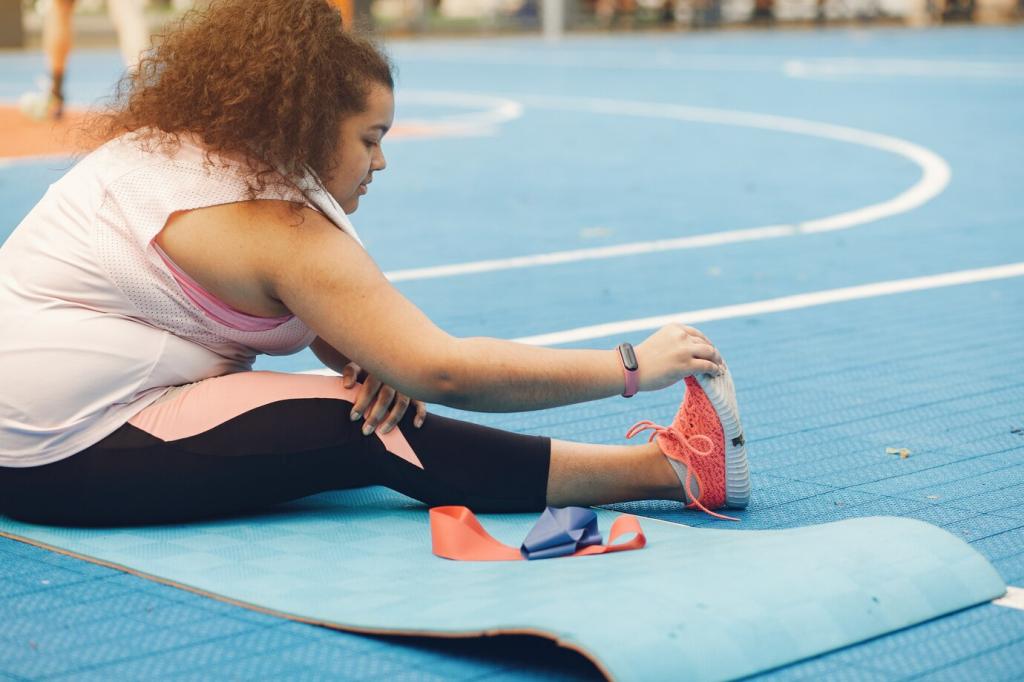Exhale to Rebuild: Mindful Relaxation for Post-Workout Recovery
Today’s chosen theme—Mindful Relaxation for Post-Workout Recovery—invites you to slow down, breathe deeply, and let your nervous system lead the repair process. Step into a calmer cool-down where your breath, body, and mind cooperate to restore strength.
From Effort to Ease: Why Mindfulness Accelerates Recovery
After intense effort, mindful relaxation nudges your vagus nerve, tilting your system toward the parasympathetic state. Heart rate declines, digestion resumes, and tissues receive better blood flow. Lower cortisol means less unnecessary tension, and your body can prioritize rebuilding what you trained.

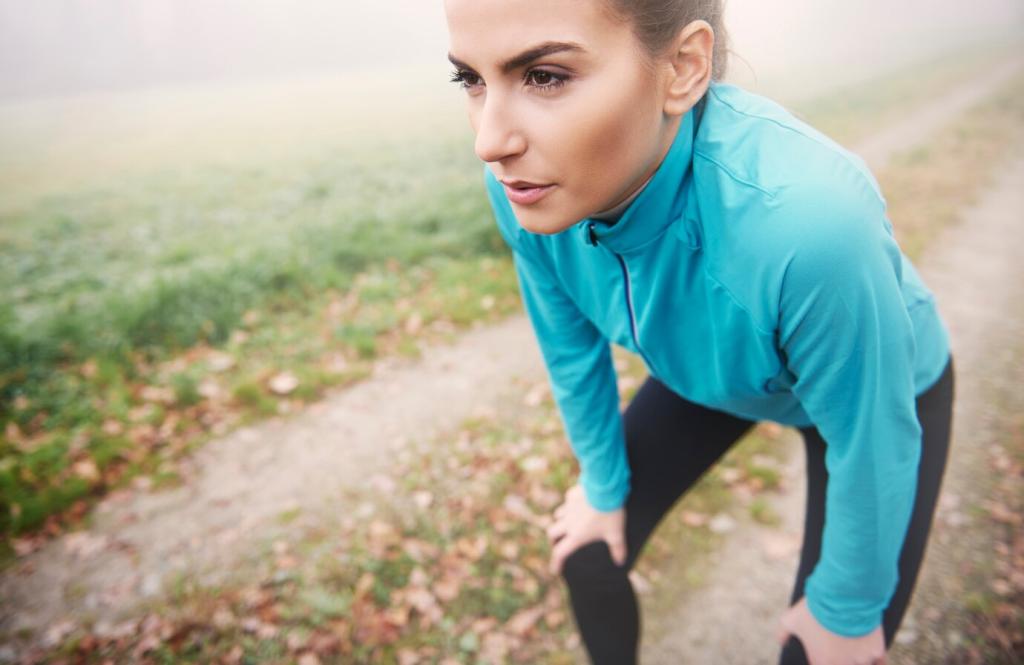
From Effort to Ease: Why Mindfulness Accelerates Recovery
It is not collapsing on the floor with your phone. It is attentive breathing, gentle awareness of sensations, and releasing effort on purpose. You observe your body’s signals, meet them with patience, and use breath as a bridge from intensity to restoration.

Breathwork You Can Feel in Minutes
Lie on your back, one hand on chest, one on belly. Inhale through the nose for four, let the belly rise; exhale gently for six. Continue five minutes. The longer, softer exhale signals safety, easing residual tension and settling your heart rate.
Breathwork You Can Feel in Minutes
Try four counts in, four hold, four out, four hold, repeated calmly. Or inhale four, hold seven, exhale eight for deeper downshifting. Keep shoulders relaxed and jaw soft. Two to three minutes can change your internal tone from wired to centered.

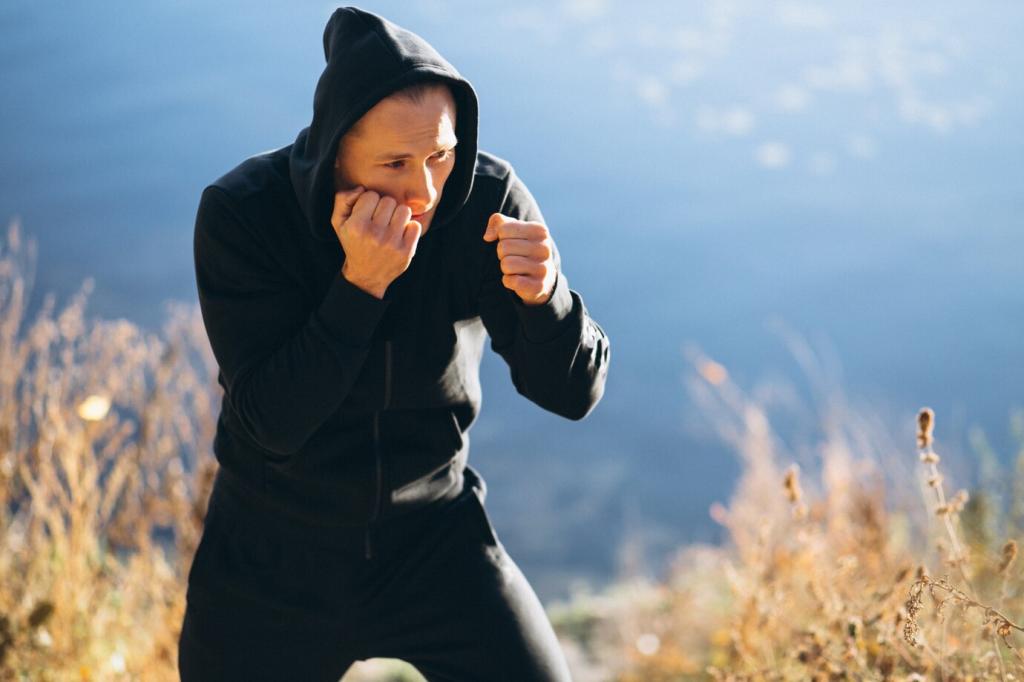
Choose key areas you trained—hips, hamstrings, chest. Inhale to find length; exhale to settle deeper without strain. Hold thirty to sixty seconds, staying below pain. Mindful pacing reduces guarding, so tissues accept the invitation to lengthen and recover.
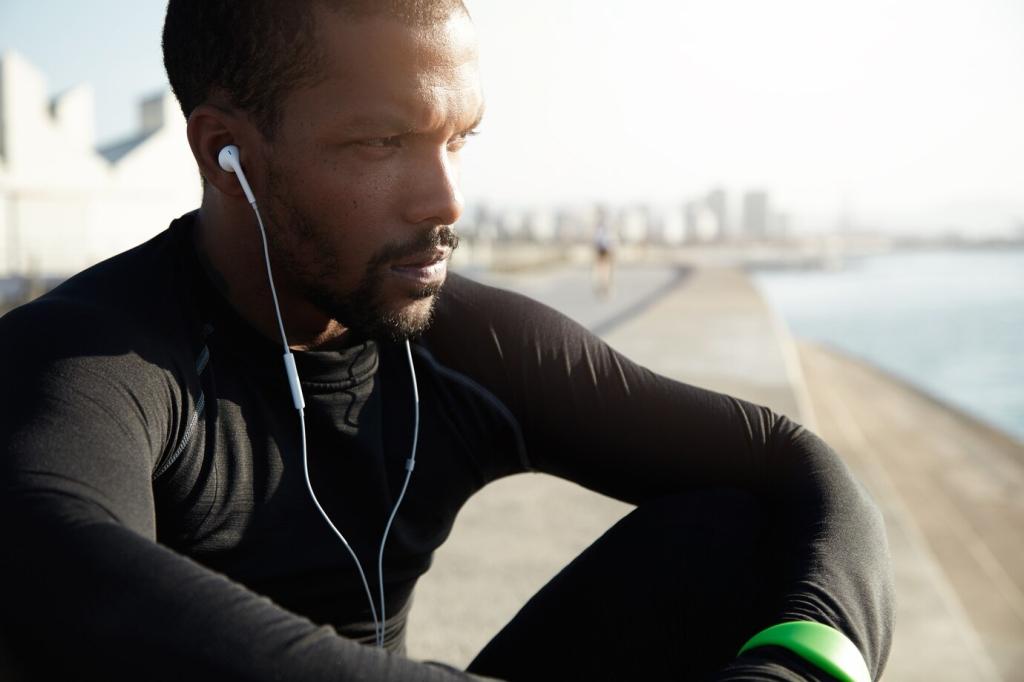
Try low lunge, child’s pose, and supine twist, two to three minutes each with soft nasal breathing. Use pillows or blocks to remove struggle. The quiet, supported shapes reassure your system, encouraging fascia to de-tension while the mind drifts gently home.
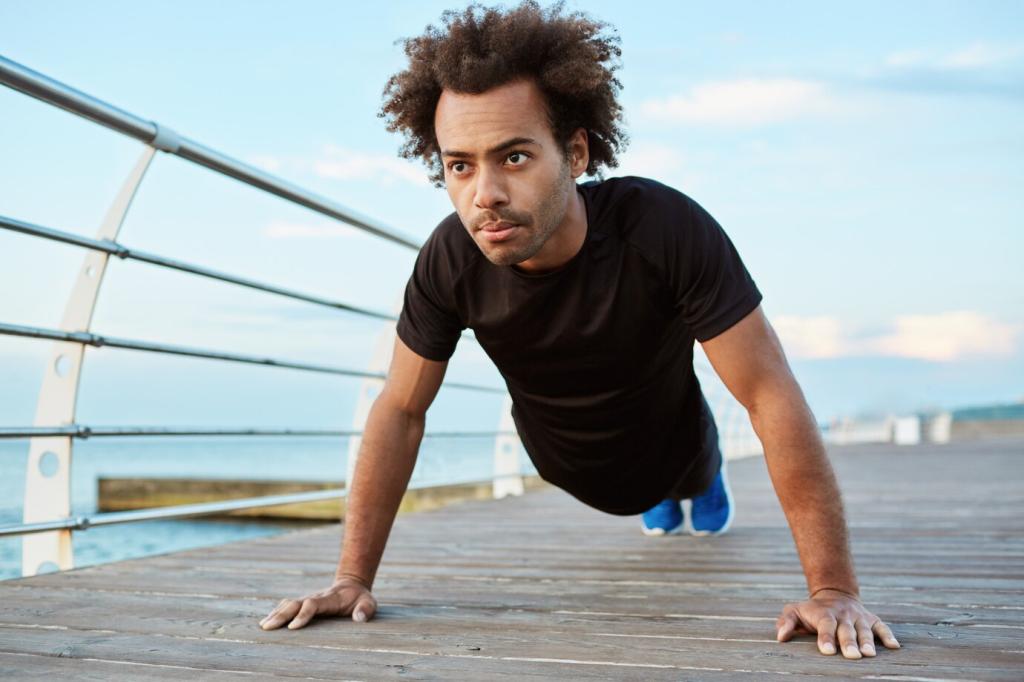
Perform controlled articular rotations for neck, shoulders, and hips. Move thoughtfully at the edge of range, never into pain, and sync motion with long exhales. This mindful articulation lubricates joints, restores coordination, and maintains mobility gains from training.
Design Your Recovery Environment
Set a mat by a wall, add a folded towel for neck support, dim lights, and a playlist around sixty to eighty beats per minute. A drop of lavender on cotton can soothe. When your space whispers quiet, your body listens and lets go.
Design Your Recovery Environment
If you use warmth or a brief cool rinse, pair it with slow nasal breathing rather than adrenaline-chasing. Stay curious about sensations, not intensity. The goal is nervous system balance; choose modalities that help you feel grounded, unhurried, and receptive.
Mindful Hydration and Nourishment
Sip to settle
Drink water or a gentle electrolyte mix in slow, steady sips while breathing through your nose. Warm herbal tea can cue comfort. Unhurried hydration supports blood volume and signals safety, reinforcing the calm your breathwork already established.
Breathe before you bite
Take ten relaxed breaths before eating. Feel your jaw unclench and shoulders drop. Chew thoroughly and pause between bites. This mindful rhythm enhances digestion, reduces bloating, and anchors your post-workout meal in the same restorative spirit.
Tiny ritual, big effect
Place your fork down every few bites and enjoy one long exhale. Note one thing your body did well today. This simple gratitude practice deepens the rest-and-digest state. Share your favorite calming food in the comments and inspire our community.
Sleep, NSDR, and Reflective Closure
Lie down, eyes closed, and follow a calming script: scan the body, breathe slowly, imagine warmth spreading limb by limb. Non-sleep deep rest can improve relaxation, reduce perceived fatigue, and prime you for quality sleep after hard effort.
